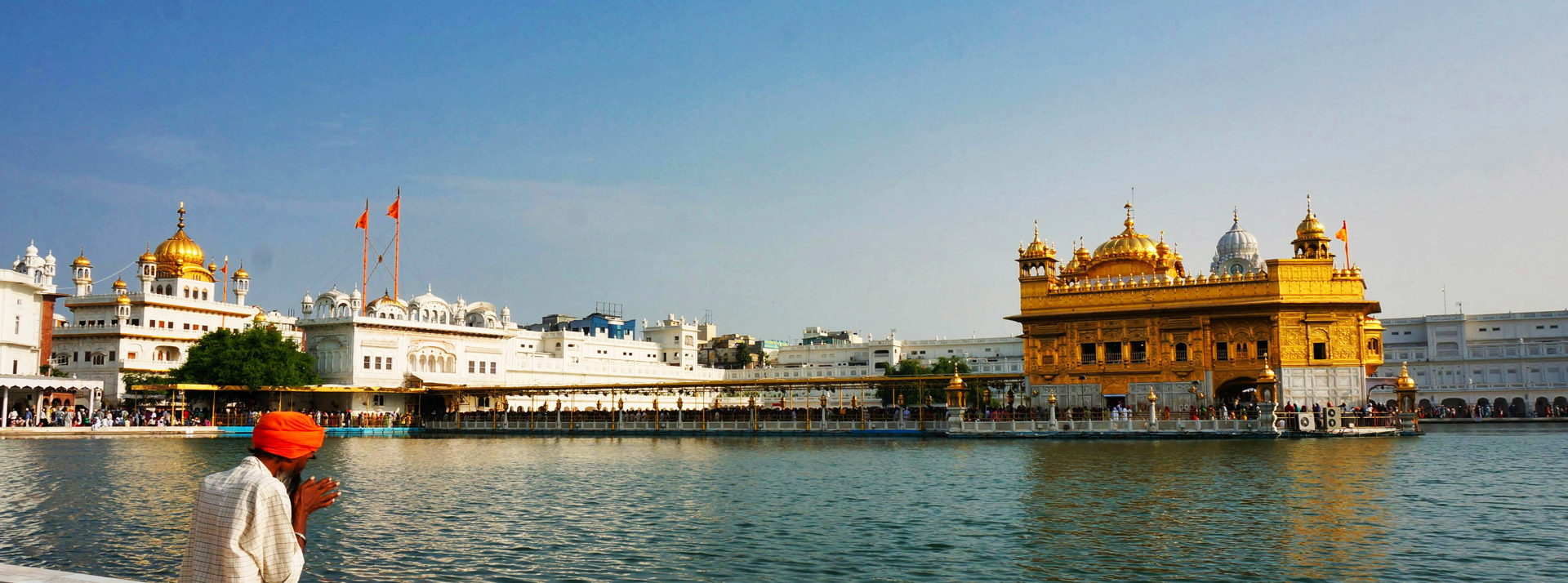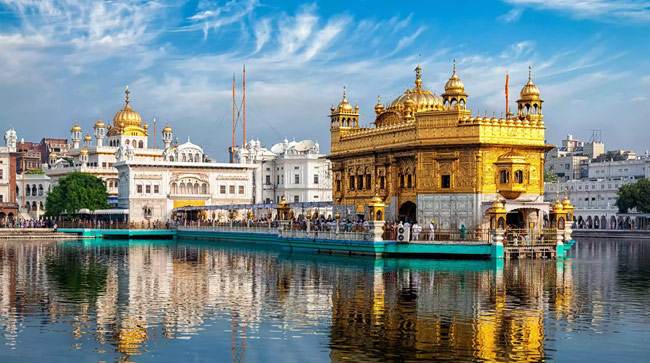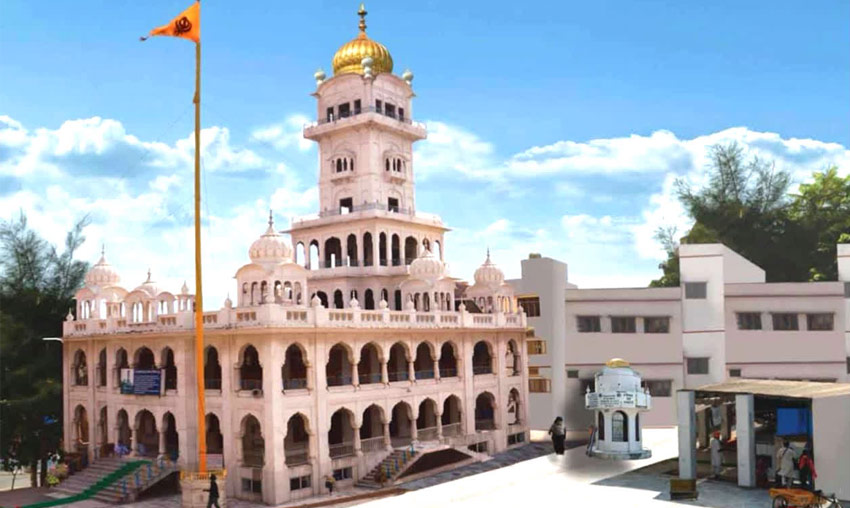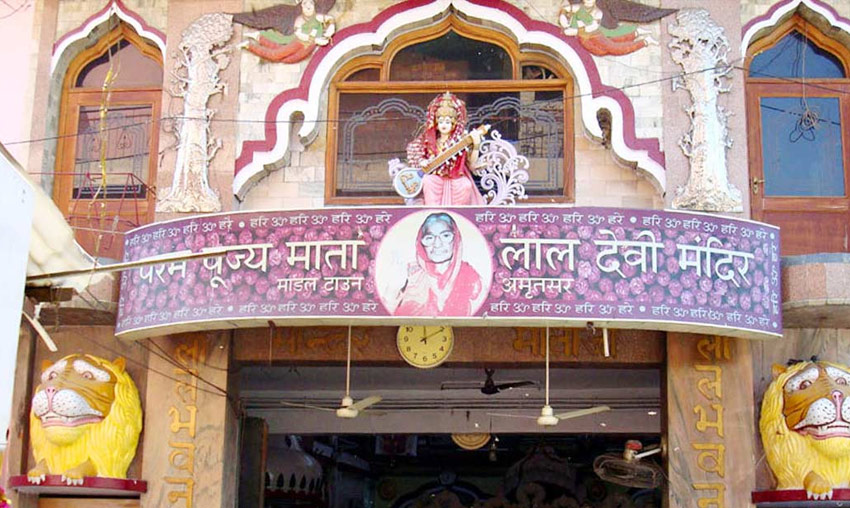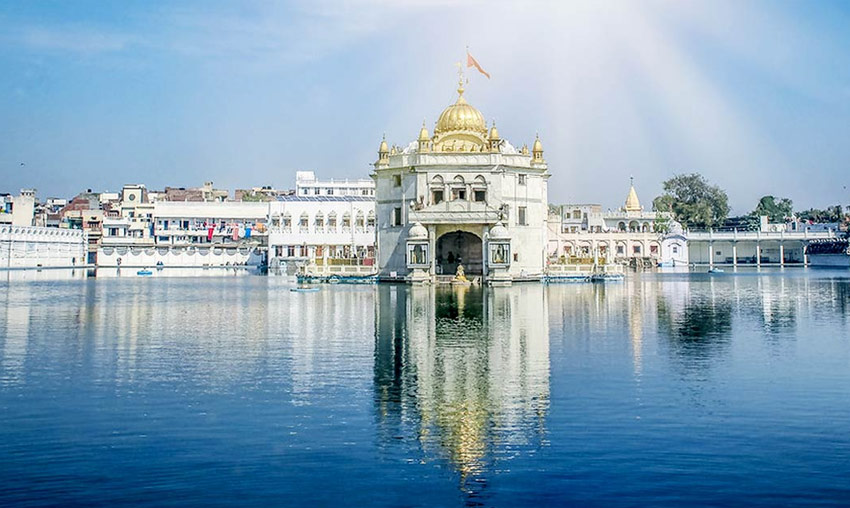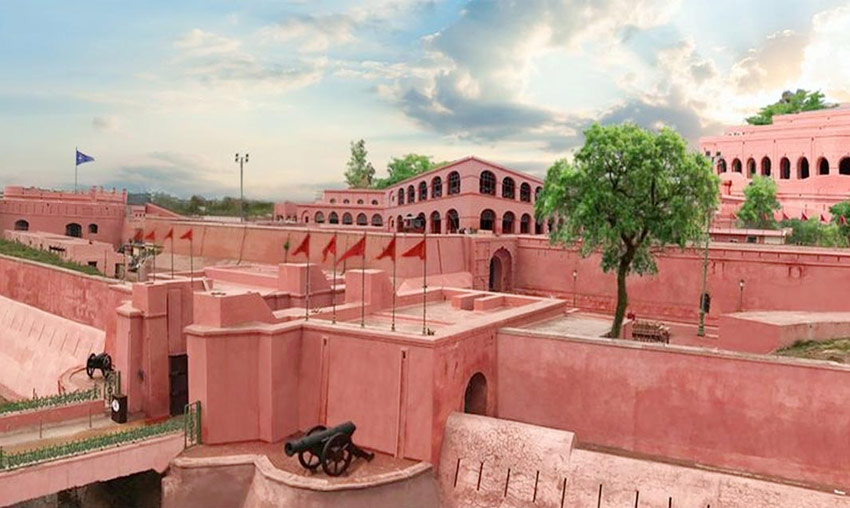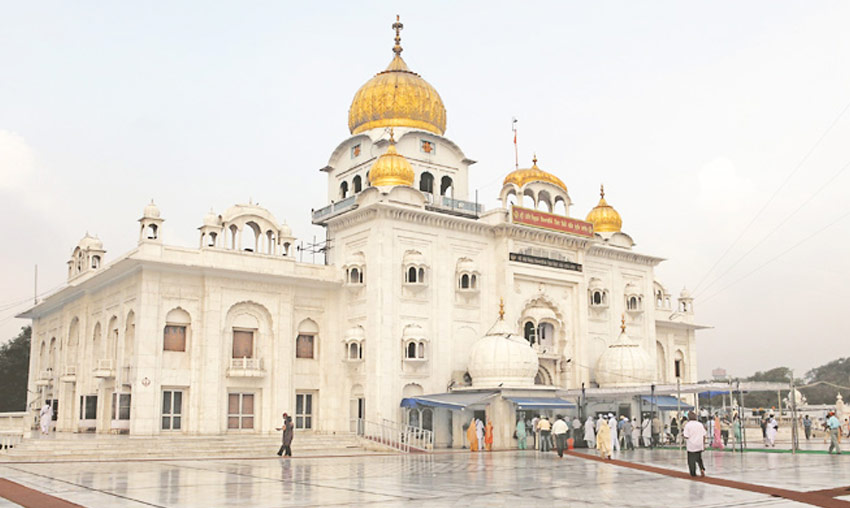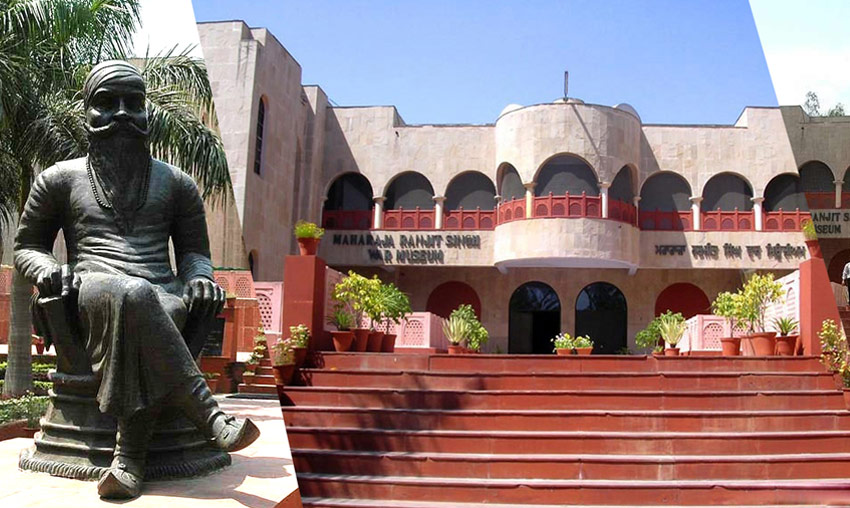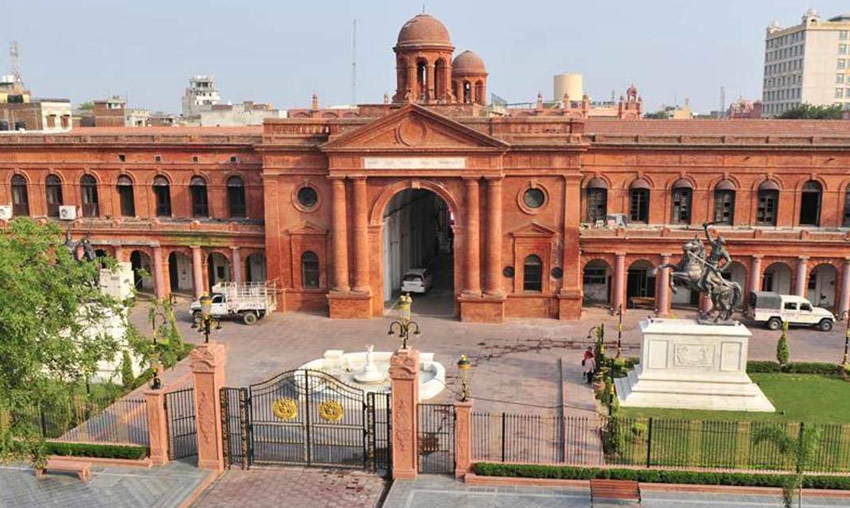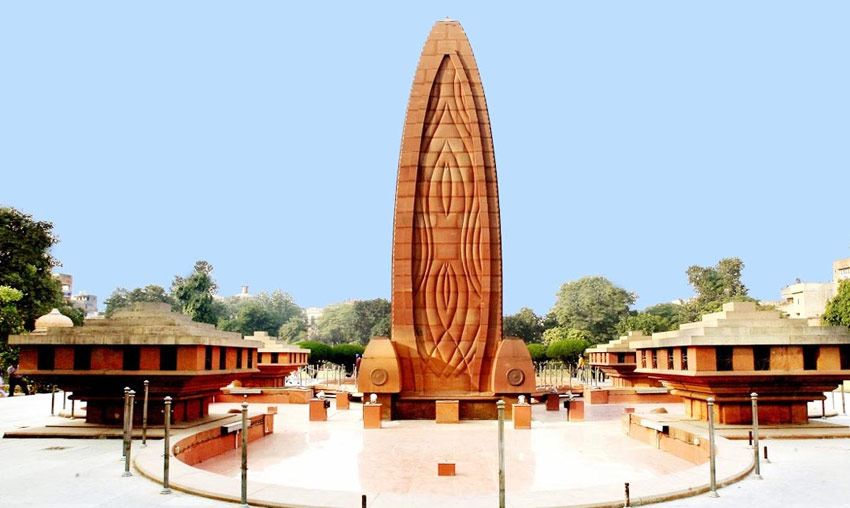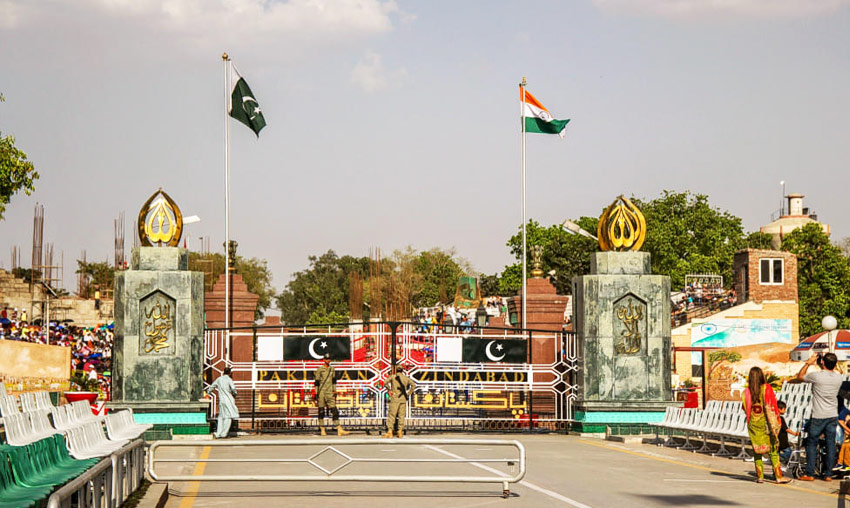Amritsar - Gateway to Punjab
The city of Amritsar, often referred to as Ambarsar, is rich in spirituality and history. As the second-biggest city in India, it is a well-known centre of culture and religion in the centre of Punjab. The Golden Temple, the holiest temple in Sikhism, is the city's most well-known feature. The magnificent temple, which is encircled by the holy Amrit Sarovar (pool of nectar), is a marvel of Sikh architecture and extends a warm welcome to guests from all backgrounds.
The Sikh religion's spiritual and cultural hub is Amritsar. Amritsar's radiant face is showcased during the Baisakhi festival with the best cuisine, attire, and celebrations. This location is notorious for the Jallianwala Bagh massacre as well as being close to the Wagah Border. Amritsar has faced the worst of times and come out of them like a phoenix, from Operation Blue Star at the Golden Temple to the horror of the Jallianwala Bagh slaughter. Amritsar is a bustling city with a booming commercial and tourism sector these days.
As one strolls through Amritsar's busy streets, one come across the colourful bazaars and the bustling Hall Bazaar, where one may indulge in regional specialities, brilliant fabrics, and traditional crafts that fascinate the senses. When one delves deeper into Amritsar's spiritual tapestry, one finds that the city's religious diversity is further enhanced by the serene Ram Tirth, which is connected to the sage Valmiki, and the Durgiana Temple, also known as the Silver Temple. In this serene city, the day begins with the Gurudwaras' spiritual prayers.
The diverse range of culinary options available in Amritsar is sure to delight foodies. Famous for its mouthwatering Punjabi dishes, the city is known for its Sarson da Saag, Makki di Roti, and Amritsari Kulcha. The sounds of street food vendors enticing both locals and visitors to savour Punjabi cuisine fill the busy streets.
The winter months of October through March are the ideal times to visit Amritsar because of the excellent weather that makes it easy for tourists to explore the city. Amritsar, one of the most agriculturally productive cities in India, has excellent transport connections to the majority of the country's major cities.
